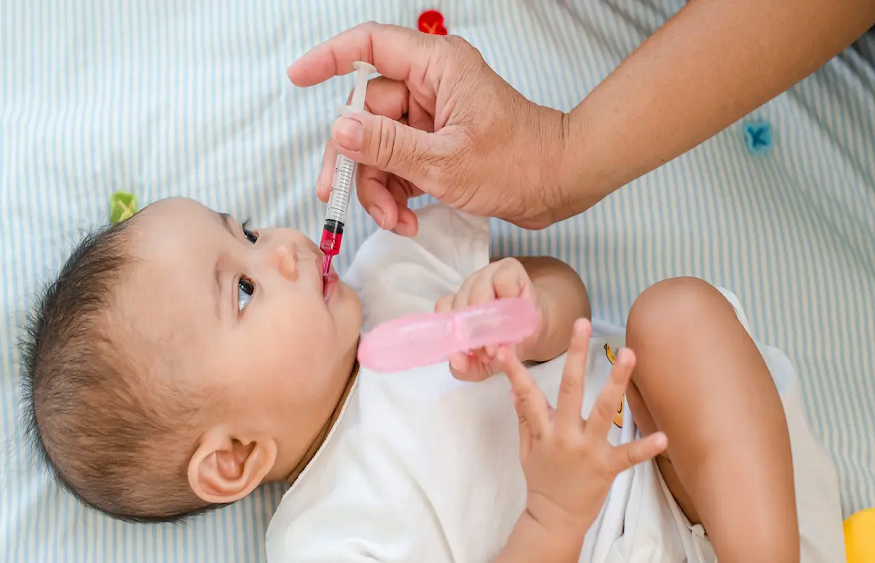When your child is suffering from pain or fever, finding the right medication and dosage can be a daunting task. As a parent, you want to ensure their well-being and provide them with safe and effective relief. One commonly used medication for children is Tylenol (acetaminophen). In this article, we will guide you through the proper dosing of Tylenol for kids, empowering you to make informed decisions and keep your little ones comfortable.
Here you go for the Tylenol Dosing Chart
Understanding Tylenol
Tylenol is an over-the-counter medication that provides temporary relief from pain and fever. It is widely used in pediatric care due to its efficacy and relatively low risk of side effects when used correctly. However, it is crucial to administer the correct dosage based on your child’s age and weight to ensure safety and effectiveness.
Dosage Guidelines
Determine your child’s weight: Before administering Tylenol, accurately measure your child’s weight. Dosage recommendations for children are typically based on weight rather than age, as weight can vary significantly among children of the same age.
Consult the dosage chart: Consult the packaging or speak with your pediatrician to obtain the appropriate dosage chart for your child. The chart will provide specific dosage guidelines based on your child’s weight, ensuring accuracy in administering the medication.
Follow the recommended dosing interval: It is important to adhere to the recommended dosing interval provided on the packaging or by your healthcare provider. Typically, Tylenol is administered every 4 to 6 hours, depending on the severity of your child’s symptoms.
Dosage Tips
Use the right measuring device: Ensure you use an appropriate measuring device, such as an oral syringe or a calibrated measuring spoon, to accurately measure the dose. Avoid using household spoons, as they may lead to inaccurate dosing.
Avoid doubling up on medications: Tylenol may be present in other over-the-counter or prescription medications. Carefully read the labels to avoid accidentally administering multiple medications containing acetaminophen, which can lead to an overdose.
Seek professional advice: If you are unsure about the appropriate dosage for your child or have any concerns, consult your pediatrician or a healthcare professional. They can provide personalized guidance and address any questions you may have.
Safety Precautions
While Tylenol is generally safe, it is crucial to follow certain safety precautions:
Do not exceed the recommended dose: Stick to the recommended dosage guidelines and avoid exceeding the maximum daily dosage. Taking too much Tylenol can be harmful to your child’s liver.
Store medication out of reach: Keep all medications, including Tylenol, in a secure place out of reach of children. Accidental ingestion of medication can have serious consequences.
Monitor for adverse reactions: While rare, some children may experience allergic reactions to Tylenol. If your child develops a rash, swelling, or difficulty breathing after taking Tylenol, seek medical attention immediately.
Conclusion
Administering Tylenol to your child can provide safe and effective pain relief when done correctly. By following the appropriate dosage guidelines, using the right measuring device, and seeking professional advice when needed, you can confidently ensure your child’s comfort and well-being. Remember to always prioritize safety, read labels carefully, and consult healthcare professionals when in doubt. With proper knowledge and care, you can effectively manage your child’s pain or fever, helping them on their path to recovery.




